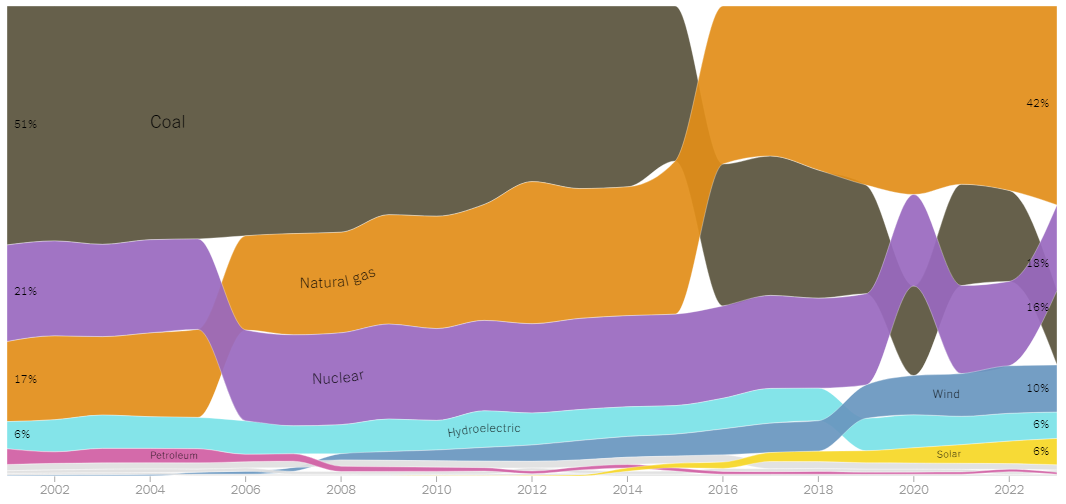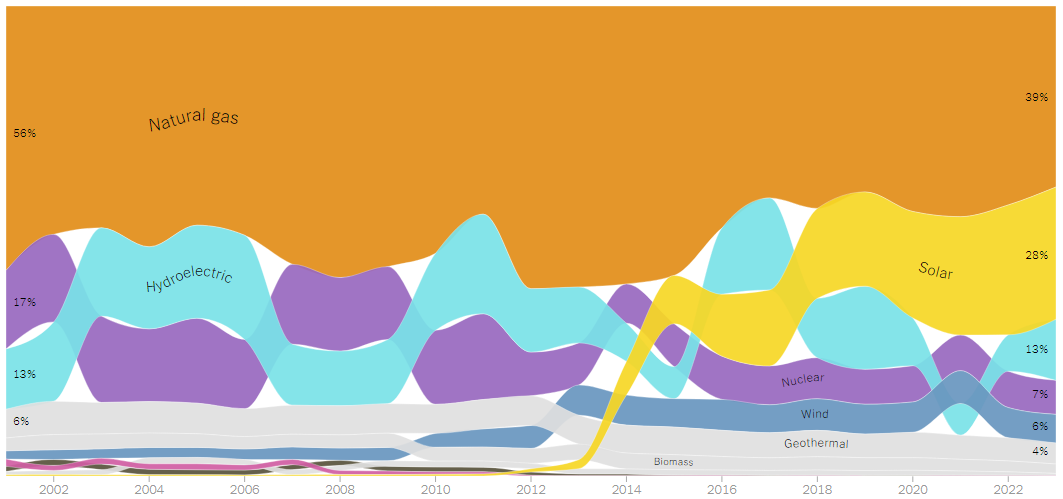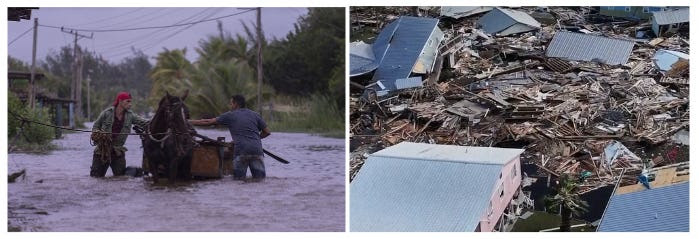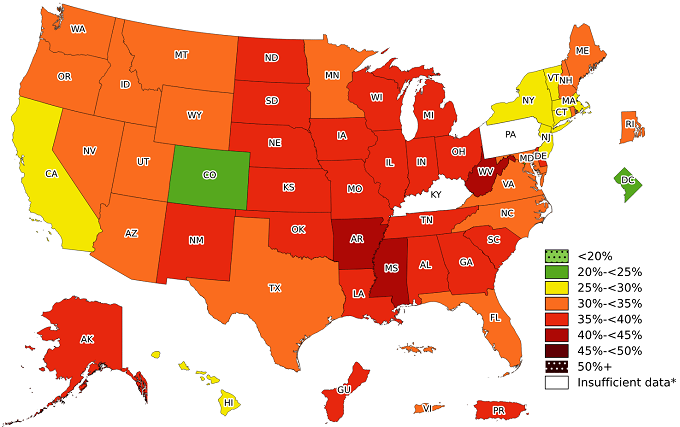Hello again science fans,
CLIMATE
Multiple States continue to suffer deaths, power outages, floods, and destruction from Hurricane Helene. Over 80% of climate scientists agree that climate change is a crisis and is contributing to the strength of hurricanes. Just as earthquake simulations have led to building codes that help protect us, hurricane simulations are similarly leading to improvements.
With warmer temperatures, some mosquito species are extending their range and bringing diseases with them. West Nile virus, Eastern equine encephalitis (EEE), malaria, and dengue are some of the more dangerous diseases that are now found in the U.S.
SPACE
ISS crew: Michael Barratt, Matthew Dominick, Jeanette Epps, Aleksandr Gorbunov, Alexander Grebenkin, Nick Hague, Alexey Ovchinin, Don Pettit, Ivan Vagner, Sunita Williams, Butch Wilmore
Use this webpage to discover ISS sightings from wherever.
Tiangong crew: Li Guangsu, Li Cong, Ye Guangfu
Use this webpage to discover Tiangong sightings from wherever.
The ISS is getting lighter by 1.7 kg (3.7 lbs) a ‘day’ because it is leaking 1.4m3 (49 cu.ft.) of atmosphere every 24 hours, and the leaking is getting worse. The good news is that the leaks are in a passageway that can be sealed off from the rest of the ISS.
MEDICINE / HEALTH
For the first time in decades, the Federal Drug Administration approved a new drug for treating schizophrenia – primarily delusions. There are already drugs that are effective for most schizophrenia patients but they tend to cause weight gain, fatigue, and uncontrollable movements. One such drug costs less than a dollar a day, while the new drug from Bristol Myers Squibb, Conbenfy, costs about $60 a day. Afterall, the pharmaceutical company paid $1.4 billion to acquire rights to the drug – which likely costs mere pennies a pill to manufacture.
A strict vegan diet marginally includes enough essential amino acids for good health unless ‘processed’ or ‘ultra-processed’ protein supplements are included – such as textured soy protein. ¿But aren’t ultra-processed foods bad for us? Well, that depends. A recent not-so-very-comprehensive study found only two categories of ultra-processed foods were clearly deleterious: “sugar-sweetened drinks (like soda and fruit punch) and processed meat, poultry and fish (like bacon, hot dogs, breaded fish products, chicken sausages and salami sandwiches).”
The health risks of obesity are numerous, but what i found fascinating is the current regional distribution of our obese citizens. Statistically, California is doing better than most States in the percentage of obese folk.
ENVIRONMENT
¿How much does food really cost when environmental damage, etc. is factored in? Researchers at True Price and Wageningen University in the Netherlands crunched the numbers for us:
$5.34 of beef plus $22.02 environmental costs = $27.36
$3.74 of cheese plus $3.76 environmental costs = $7.50
$2.20 of chicken plus $1.83 environmental costs = $4.03
$2.42 of tofu plus $0.21 environmental costs = $2.63
$1.46 of chickpeas plus $0.74 environmental costs = $2.20
OK guys, let’s see more burgers from Impossible Foods and from Beyond Meat.
¿What does it take for a town to achieve zero waste? There is a town in Japan that is attempting just that. F’rinstance, the town gives cloth diapers to families with infants. They sort disposables not into waste, compost, and recycle, but into 45 different categories. The town maintains its own ‘Goodwill’ style store. They even have a zero waste brewery.
¿How fast are we transitioning away from the burning of fossil fuels to generate electricity? The New York Times created charts showing how U.S. States have been generating electricity for the years 2001 through 2023. This first chart is for the United States as a whole.

Coal (brown) creates the most pollution and it dominated electricity generation until 2014. The largest portion of the country’s electricity now comes from cleaner-burning natural gas (mustard) with nuclear power (purple) coming second. Wind power (blue), hydroelectric (light-blue), and solar (yellow) are the next three sources. The tiny categories at the bottom are biomass, petroleum, and geothermal.
¿How about California? Here is the chart for California:

Renewables have produced the majority of electricity for California since 2016. Very soon, solar generation will replace natural gas as the dominant source of California’s electricity.
FUN (?) NERDY VIDEOS
Okaukuejo waterhole, Namibia. This is another waterhole with African wildlife: Lion, Rhinoceros, Elephant, Giraffe, Lapwing, Spotted Hyena, Bustard, et al. Click on the red line at various points to travel back in time.
CalTrain Goes Electric – ABC News 7 Bay Area – 2 mins
Farting Herrings and Their Predators – John Downer Productions – 4 mins
Kardashian Scam – Cup O’ Joe – Joe Schwarcz – 4.5 mins
Your Biome & Virome – Kurzgesagt – 9 mins
Radioactive Wild Boar Paradox – SciShow – Hank Green – 9 mins
Underground Cities – Answers with Joe – Joe Scott – 13 mins
Boom Supersonic Test Flights – 19 mins
Egg Drop from ‘Space’ – Mark Rober – 25 mins
The Trillion Dollar Equation – Veritasium – Derek Muller – 31 mins
Engineering the Future: Solar – 51 mins
Mercola: Know the Risks – McGill University – Jonathan Jarry – 55 mins
ISS Earth Cam – NASA (¿What’s with “FLAP 2”?)
¿Have you little bits of spare time this week? Consider making phone calls for a candidate of your choice. Google “join a phone bank.”
Have a wonderful week,
Dave Almandsmith, Bay Area Skeptics
“Nobody makes a greater mistake than he who does nothing because he could do only a little.”
— Edmund Burke (1729 – 1797) Anglo-Irish statesman and philosopher





